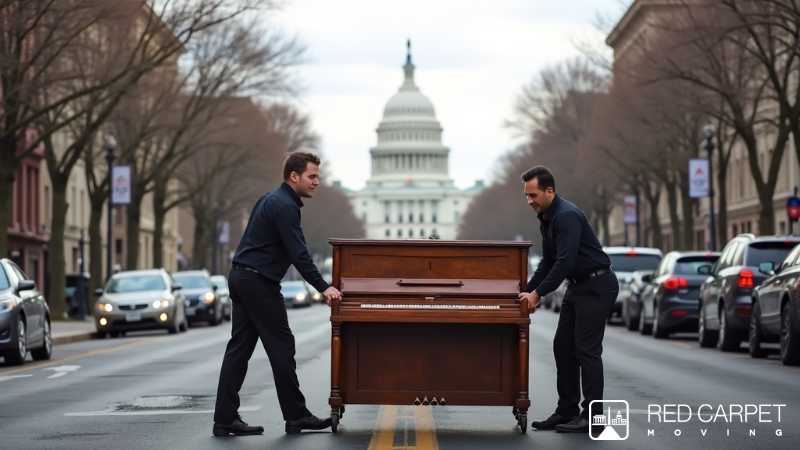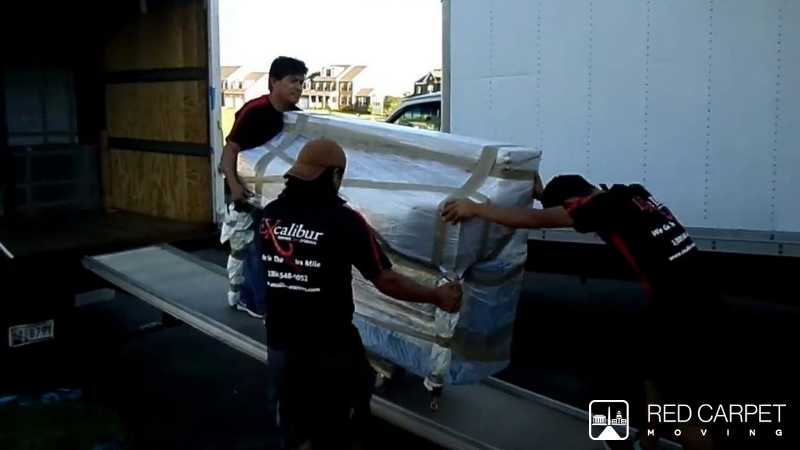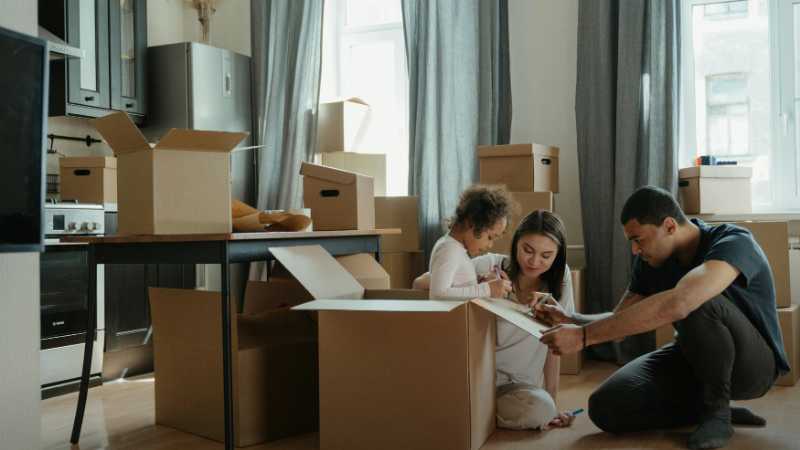Moving can be a stressful activity, emphasizing the importance of maintaining a comprehensive checklist for moving day preparations. One frequently overlooked aspect is floor protection – a consideration necessary for shielding floors from potential damage or dirt.
A set of valuable tips applies to various flooring types to mitigate potential damage. Firstly, wrapping furniture legs and edges in protective covers, such as bubble wrap or specialized furniture blankets, can safeguard both floors and furniture during moving.
For an added layer of defense, using heavy mats, old rugs, or blankets creates a designated path for movers and helpers, protecting floors from inadvertent scuffs or dings. Disposable shoe booties are recommended to minimize dirt and dust inside the home while allowing everyone to retain their shoes.
Dollies with soft rubber wheels can help you move heavier boxes and furniture safely. For homes with hardwood, vinyl, or tile floors, floor sliders attached to furniture legs facilitate smooth movements across surfaces.
For carpeted floors, carpet protection film proves effective, adhering easily to soft carpet material and protecting against paint, spills, and dirt. This film is removable, leaving no residue behind when you complete the move.
Certain parts of your home get more footsteps during a move, making them more likely to wear out. High-traffic zones, such as hallways, entryways, and staircases, can benefit from applying protective measures to thwart potential damage before it mars the moving process.
One commonly overlooked area prone to damage is door jambs. Door jamb protectors, crafted from heavy-duty paperboard, offer a straightforward solution. These protectors effortlessly slide onto your door frame, providing a robust barrier against dings, dents, and scratches, safeguarding the frame throughout the move.
Corners are also known for sustaining damage during a move, often resulting in missing chunks of drywall with a single wrong turn. Installing temporary corner guards in high-traffic areas is a proactive measure to shield corners.
Measuring furniture and doorways beforehand is another strategic move, preventing mistakes, door jams, and floor damage. This foresight allows you to create a well-thought-out logistics plan, ensuring that each piece of furniture can be safely and efficiently maneuvered through the available space.
Hiring professionals
One effective approach to safeguarding your floors during a move is to enlist the services of skilled movers who know the proper furniture-moving techniques. Begin by researching local moving companies in your area through online platforms or directories. Read reviews and ratings to understand the experiences of previous customers. Verify that the moving company is licensed, ensuring they adhere to industry standards.
Personal recommendations from family or friends who have recently moved can also offer valuable insights into reliable movers. These firsthand experiences provide insights into the quality of service, professionalism, and overall satisfaction with a moving company.
Consider visiting the offices of potential moving companies to evaluate their professionalism, organization, and equipment. Ask about the type of equipment and vehicles they use, as well-maintained trucks and proper moving equipment contribute to a smoother process.
Clarify any potential hidden fees or additional costs not included in the initial quote, preventing surprises on moving day. Carefully review the moving contract before signing, ensuring all agreed-upon services, prices and conditions are clearly stated.
Inquire about the moving company’s insurance coverage to understand the protection offered for your belongings during the move. By taking these steps and conducting thorough research, you can increase the likelihood of hiring the best professional movers for your specific needs, leading to a smooth and stress-free moving experience.


